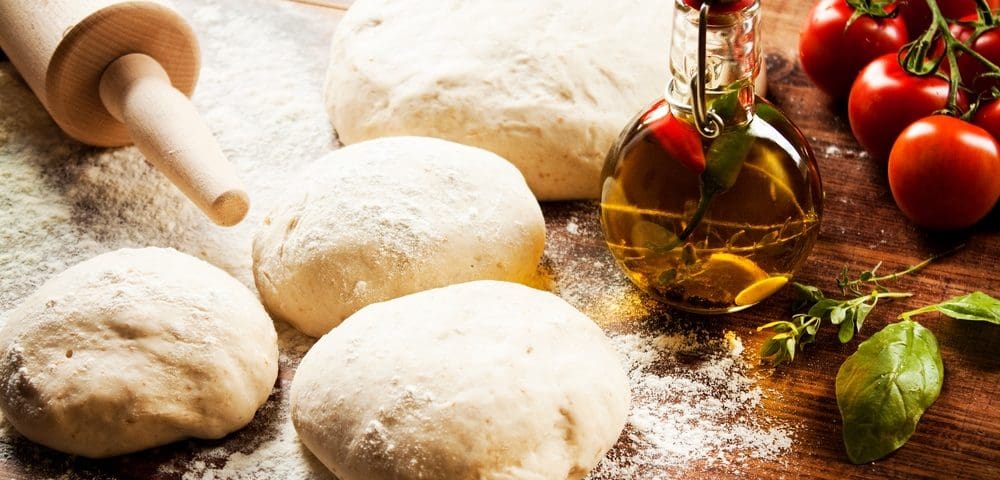
The Rise of Meatless Meat
June 28, 2019
Textured Vegetable Protein – an unsung hero of your food production
July 1, 2019Seasonal Dough Problems for Pizza Makers

It’s that time of the year again, the days are getting shorter and the cold fronts are rolling in like customers on a busy Friday night. Most problems experienced in pizzerias at this time of year [My dough is blistering and bubbling; My dough isn’t rising properly; My pizzas aren’t baking right; My pizzas don’t have the crisp feel that they used to have] are related to one form or another of temperature control.
This is the time of the year when the dough prep area suddenly becomes colder than normal, or the area where we hold/stage our dough outside of the cooler is colder than normal, it is also the time of the year when our heater comes on and warms already dry, cold air, further lowering the relative humidity in the air to a point where it can dry any dough that is left uncovered and exposed to the air in just a few minutes.
So, how are we to cope with these problems?
While we can’t effectively combat all of these issues, we can do a lot to prevent seasonal problems with our dough. The most important thing is to begin by controlling the temperature wherever we can.
This includes the
- shop temperature
- the water temperature
- the dough temperature
When we’re in the transitional seasons, make sure your shop thermostat is set in the automatic position. This will prevent you from having to come into a cold shop in the morning. You can also make sure your employees pay special attention to keeping doors closed.
Then there is the water temperature.
In some cities, the tap water temperature is significantly colder during the winter months than during the summer months. If you are not taking the temperature of the water that you add to the dough it is easy for you to begin adding colder and colder water to the dough until all of a sudden a problem arises apparently from out of nowhere. And then there is the finished dough temperature. Keep in mind that the temperature of your dough is influenced by the conditions in your shop.
Colder dough temperatures are telling you that your shop might be getting colder/cooler and warm dough temperatures might be telling you that your shop is getting warmer. You can bring those dough temperatures back into specification by using colder or warmer water to make your dough. (Refer to our Pizza Fact Sheet 2. How to Control Finished Dough Temperatures)
But you will need to look at the temperature where you will be staging your dough after it is removed from the cooler and determine how best to address the temperature issue in that area.
Overall, stay aware of what’s happening in your shop, and make sure your employees are tuned in to it too. Keeping doors and windows closed is imperative to maintaining good operating temperatures in your shop, and while you’re at it be on the alert for bags of cold flour that came in on that last delivery. It will take a bag of flour about two days to warm up to room temperature if it is coming in from an unheated storage facility, so it will help if you know what your “normal” flour temperature is when you open a bag for making dough.
This way you can make an adjustment to the dough water temperature if you need to use a colder than normal bag of flour and possibly head off another one of those days when nothing seems to go right with your dough.




